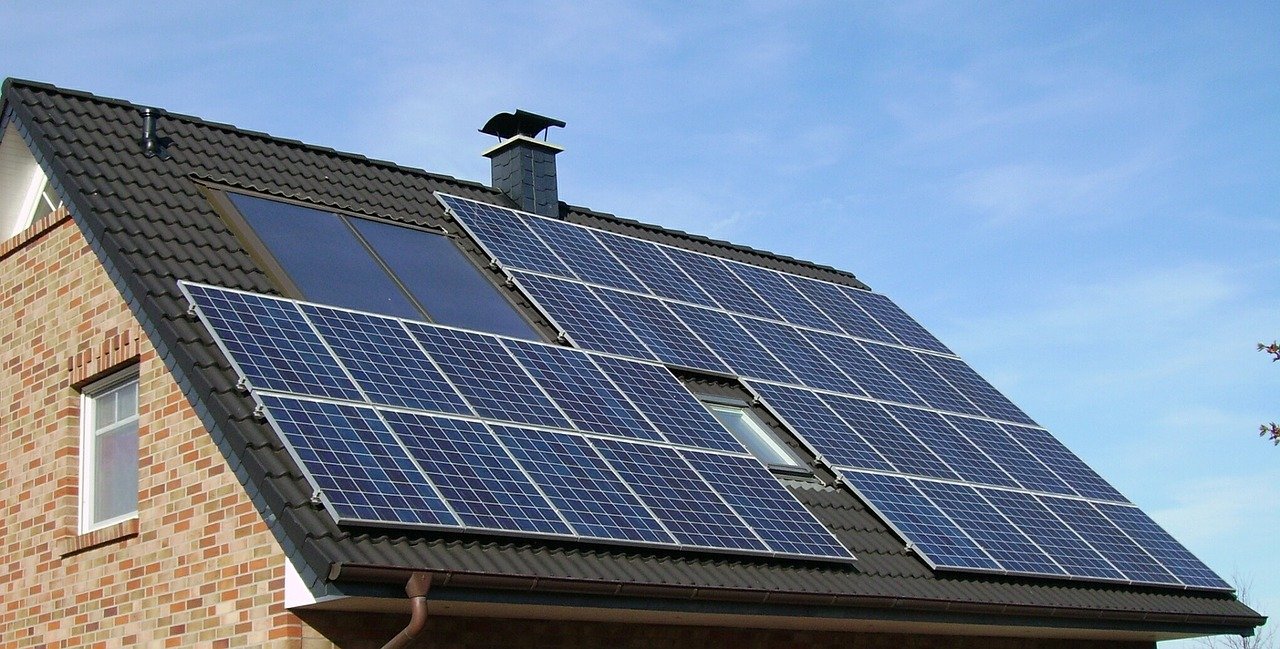During the tour Good Energy in the course of which the Green Energy Cooperative (ZEZ) promoted the use of renewable energy sources in the last few weeks it provided answers to the numerous questions of citizens on the construction of small solar plants. Where can solar panels be procured? What’s with the electricity that is not used up? Does the system have to be connected to the grid? The experience gave them a valuable insight into the support citizens need to opt for this solution. Its indispensible part is access to basic information on the implementation of small solar plant projects. For all those who did not have the opportunity to catch us in one of the ten cities during the tour, ZEZ prepared answers to the most frequently asked questions numbered below.
How much does a small solar plant cost?
Quite understandably, this is the question we heard most frequently. A universal answer to it does not exist. The cost of installation depends on a number of factors, such as the size of the plant, the condition of the roof, location of the distribution box (additional construction works needed), and whether a lighting conductor exists on the structure. In a framework calculation it is necessary to take into consideration that in order to satisfy 75 percent of the annual needs for electricity of an average four member household in the interior of Croatia a 4 to 6 kW solar plant is required, while households in Dalmatia and on the island a 3 to 5 kW plant would suffice, thereby the cost of a plant per kW would amount to 10.000HRK (which includes design, equipment, transport and putting it into operation and testing).
How soon do cost-saving effects become apparent?
Yes, cost cuts will become apparent on the first electricity bill! The savings will be within a range of 50% – 75%, depending on the season. The generated kWh is used directly for household needs and the potential surplus goes into the grid and is used when needed (in the course of the same month). If you have a surplus at the end of the month (this is mostly the case in summer when more energy is returned to the grid than is used) the supplier takes it over in the value of at least 80 percent of the electricity purchase price. This represents a “bonus” used in the following months for reducing the price and when the solar plant energy generation is reduced (using cheaper night rate electricity in winter months). The condition is to have a lower or equal volume of electricity delivered to the grid by the plant than the volume of electricity taken in the course of a calendar year, requiring therefore the careful dimensioning of the system.
What conditions must my house fulfil for the installation of a solar plant?
When installing a solar plant the orientation and inclination of the roof is taken into consideration, consumption in kWh in the previous year and wishes and possibilities of the user. In order to prove you fulfil all the conditions for the installation of the plant, it is necessary to have a certificate on the legalization of the house (or that the process of its legalization is underway), identification card in order to confirm the ownership of the house and land registry excerpt for lot confirmation. The compilation of the required documentation and completion of the main design of the plant project are followed by the verification of the possibility of connecting one’s own electricity production to that of HEP’s distribution system Operator. Upon receiving the decision, the process of connecting to grid, namely, installation of the plant ensues.
What is the life span of a solar plant?
A personal solar plant will provide you with electricity and savings on your electricity bills in the course of at least 25 years the estimated life span of a solar plant. The efficiency of the photo-voltage modules falls by 0.8 percent per year. That means da after using them for ten years the modules are approximately at 80 percent efficiency, and after 25 years at 80 percent. The only component of a solar plant which you will have to replace after 10 to 15 years is use is the exchanger.
How long does the implementation process last?
The process from the idea to a small solar plant on the roof lasts approximately two months. It includes expressing interest, communication and coordination, collecting of documentation, elaboration of the optimal technical solution according to the specificities of the user (technical conditions, financing method, household load, increase or decrease of consumption, etc.), contract conclusion and installation.
How to obtain financial support for solar plant installation?
Financial support can be obtainedthrough co-financing funds provided at the national or local self-government unit levels (cities, municipalities, counties). By group procurement of citizens discounts can be obtained with producers and equipment fitters. In both cases assistance can be obtained from ZEZ, which is available for all information on the installation of solar plants, rendering assistance in applications for co-financing and negotiations with partner producers and fitters in case of group procurements in addition to giving support in the entire process, from compiling documents to the realization of the solar plant.










